1970
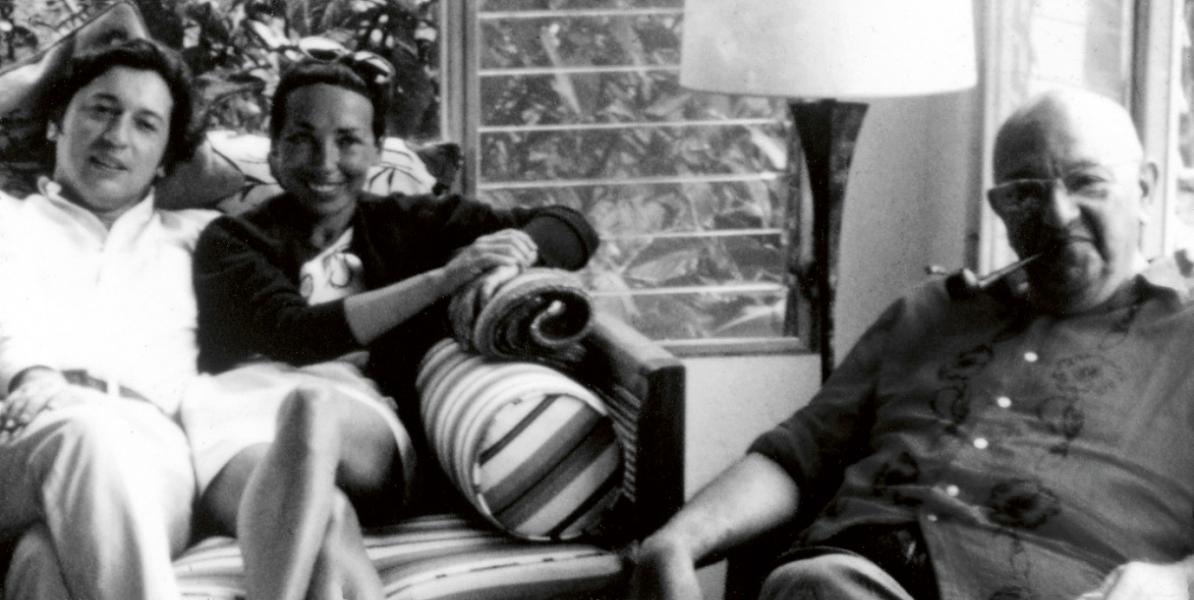 Avec Martha et Romero Brest, Porto Rico 1970
Avec Martha et Romero Brest, Porto Rico 1970 1971
Open-air collective experience in Milan with Morellet, Stein, Davide Boriani, Gianni Colombo, and Gabriele de Vecchi. Text in response to questions from Enzo Mari. Third game-survey. Le Parc took part in organizing a group of Latin American artists in Paris : meetings, discussions, projects. Struggle in the cultural ambit. Collective work : Journal d’une Veuve de Mineur (Diary of a Miner’s Widow). Artists’ mobilization, the creation of FAP (Front des arts plastiques).
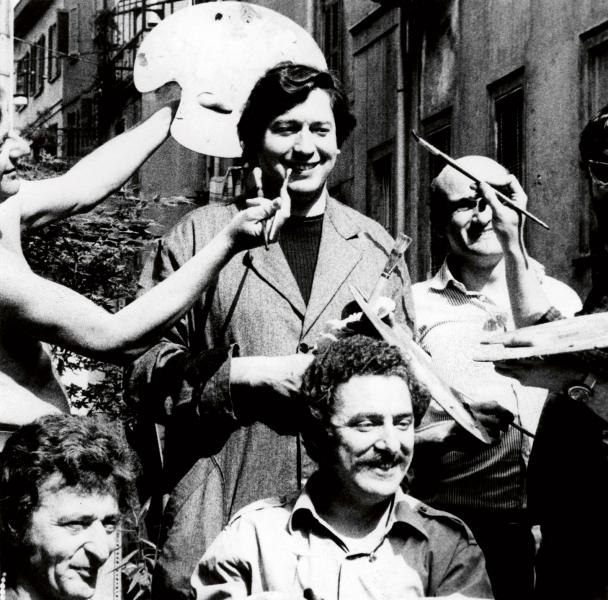 Avec Stein, Morellet, Boriani, Colombo, Milan, 1971
Avec Stein, Morellet, Boriani, Colombo, Milan, 1971  Julio Le Parc, Jeu-enquête Frappez les gradés, 1971
Julio Le Parc, Jeu-enquête Frappez les gradés, 19711972
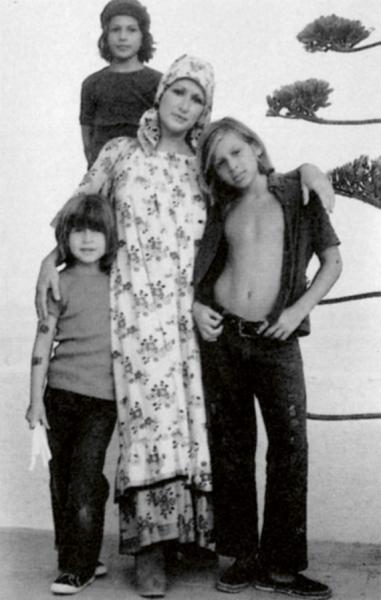 Martha et les enfants, Carboneras, 1972
Martha et les enfants, Carboneras, 1972  Avec Martinez, Carboneras, 1972
Avec Martinez, Carboneras, 1972 1973
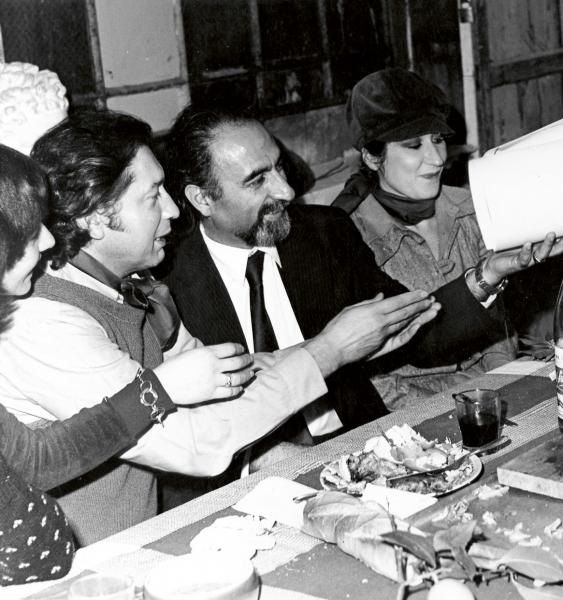 Avec Jorge Enrique Adoum, 1973
Avec Jorge Enrique Adoum, 1973 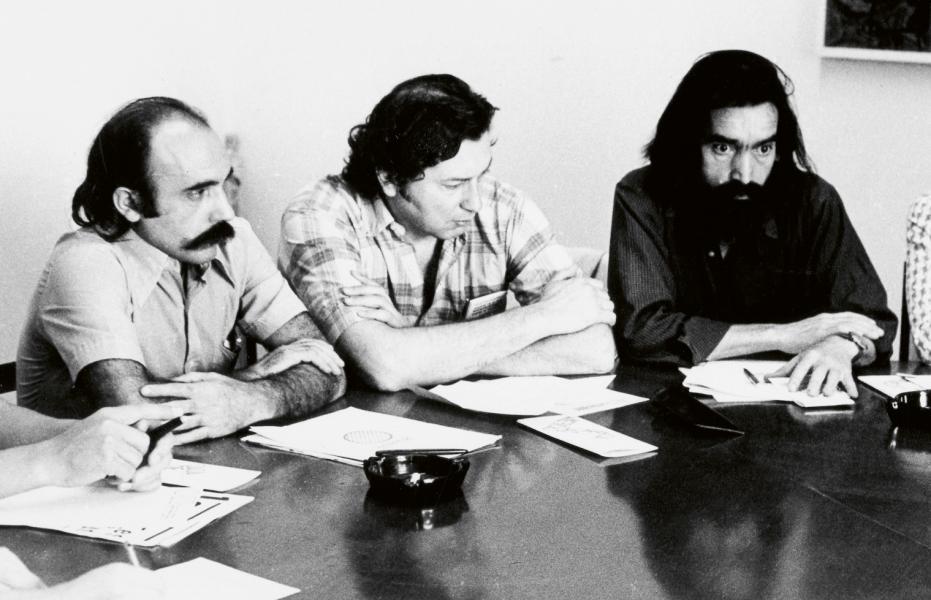 Avec Marcos et Netto, La Havane, 1973
Avec Marcos et Netto, La Havane, 1973 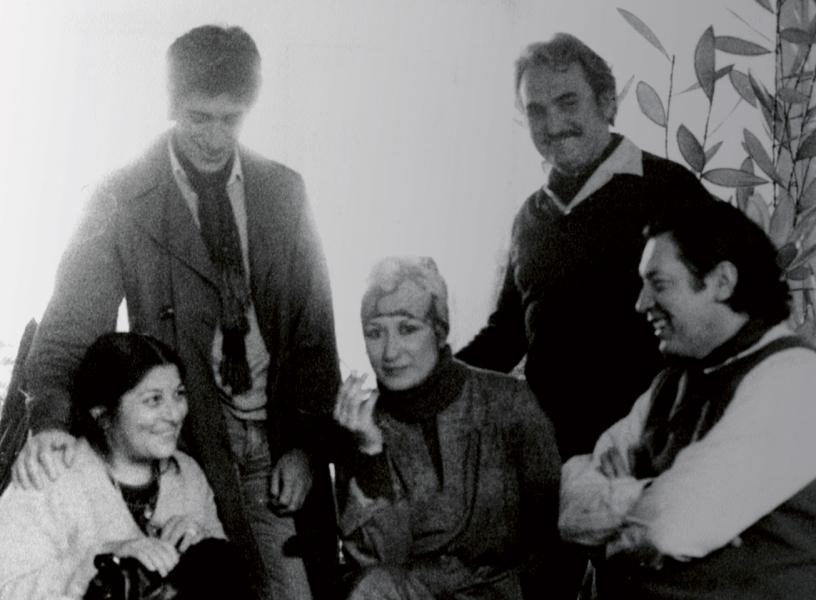 Avec Mercedes Sosa, Martha et Juan Pons, 1973
Avec Mercedes Sosa, Martha et Juan Pons, 1973 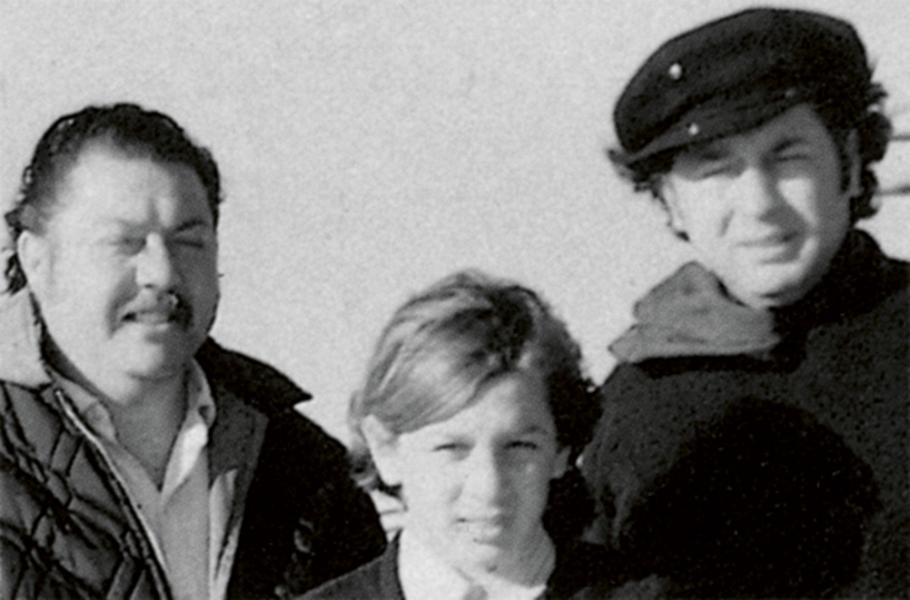 Avec son frère et Juancito, San Luis, 1973
Avec son frère et Juancito, San Luis, 1973 1974
1975
1976
Collective artwork by the International Anti-Fascist Brigade in Paris. Large standard produced by the Anti-Fascist Painters Collective for the May 1 parade on the issue of the new Pompidou Centre. The mobilization of artists to confront the problem posed by the appearance of this new art center continued. Discussions, rallies, demands, etc. Dialogue-text with Maurice Matieu in the publication 16 rue de Lille. Personal text in 16 rue de Lille’s second issue. Le Parc prepared and produced the layout for a book to be published in La Coruña, Spain, including a great deal of information on his researches, his stands on issues, his texts, his collective works.
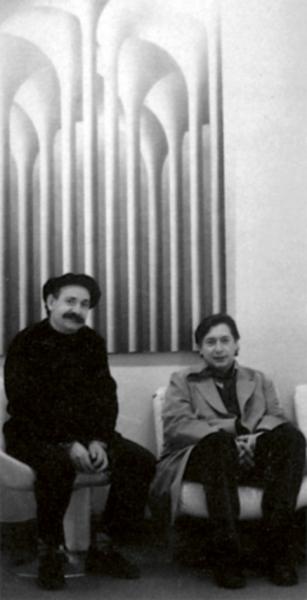 Avec Joaquin Ibarola, Bilbao 1976
Avec Joaquin Ibarola, Bilbao 1976 1977
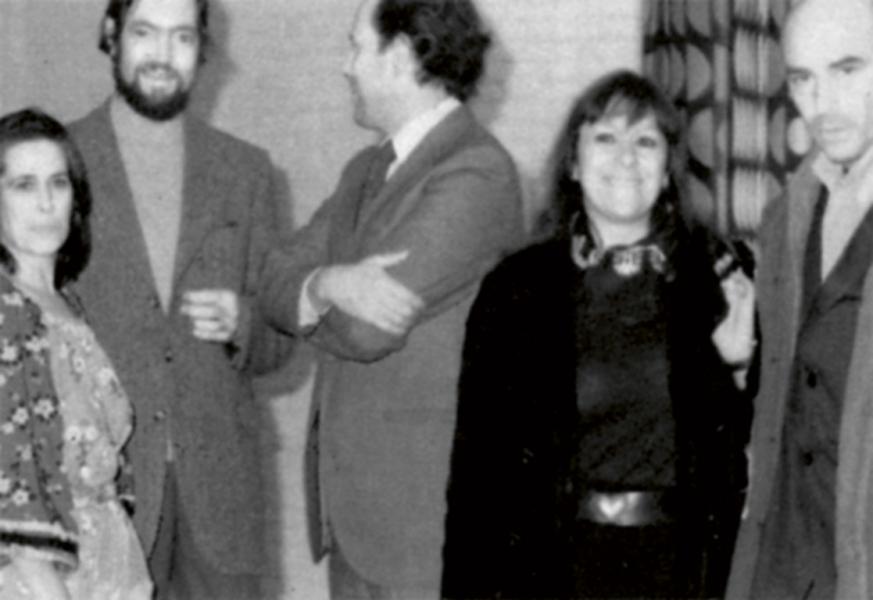 Carmen Waugh, Julio Cortázar, Alberto et Catherine Portera et Antonio Saura, Madrid, 1977
Carmen Waugh, Julio Cortázar, Alberto et Catherine Portera et Antonio Saura, Madrid, 1977  Julio Cortázar et Carmen Waugh, Madrid, 1977
Julio Cortázar et Carmen Waugh, Madrid, 1977 1978
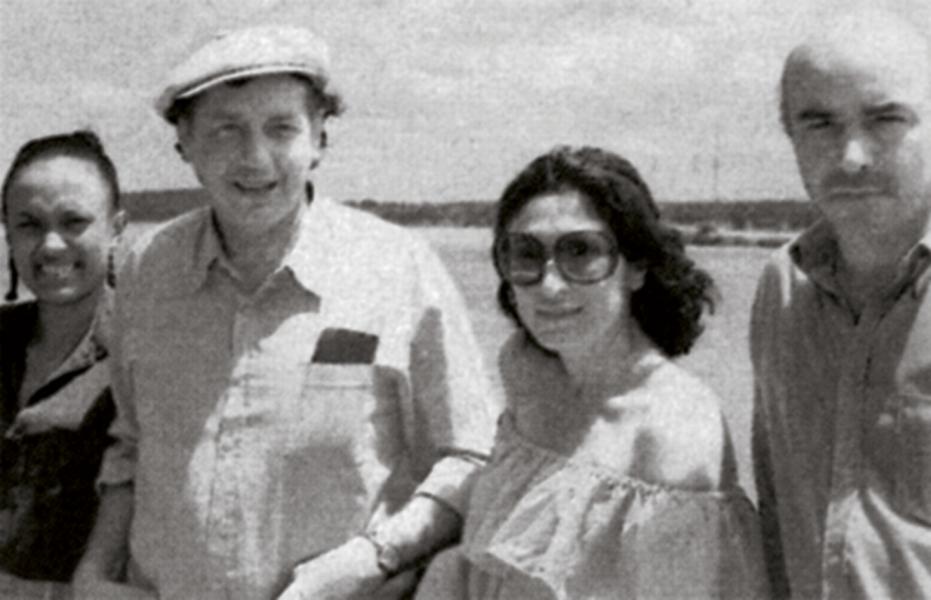 Avec Mercedes, Martha et Saura, Venezuela, 1978
Avec Mercedes, Martha et Saura, Venezuela, 1978